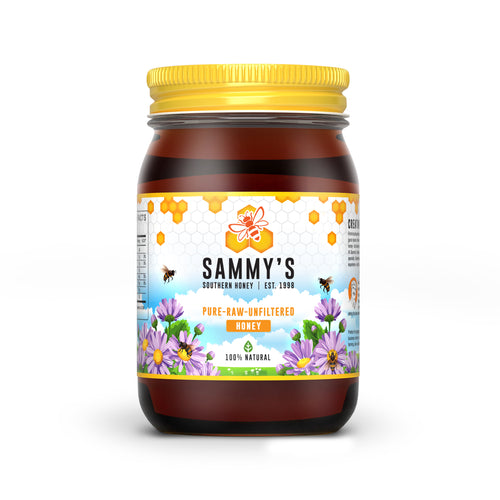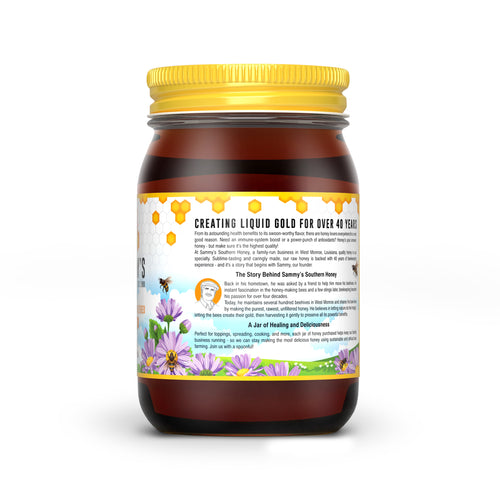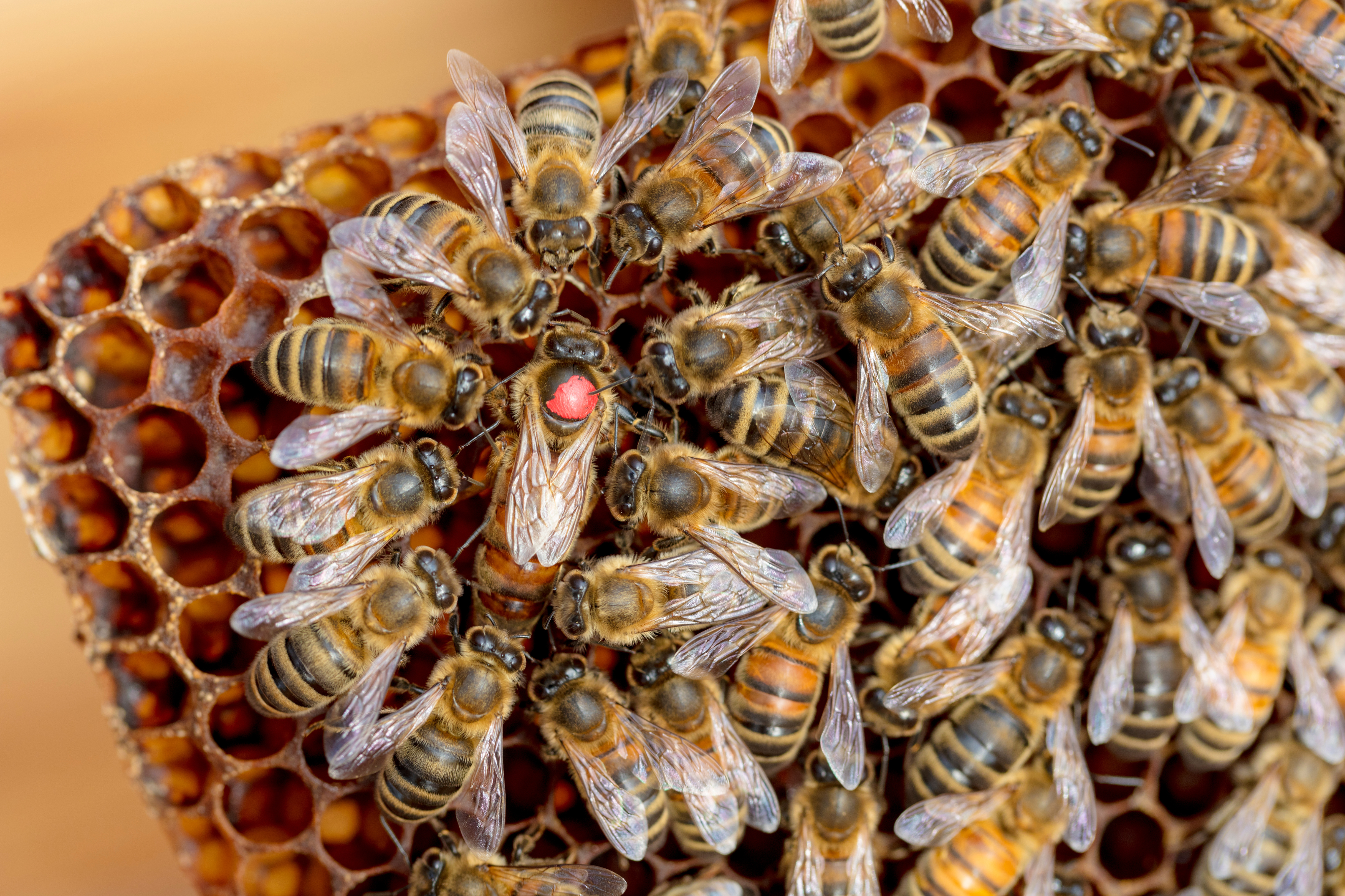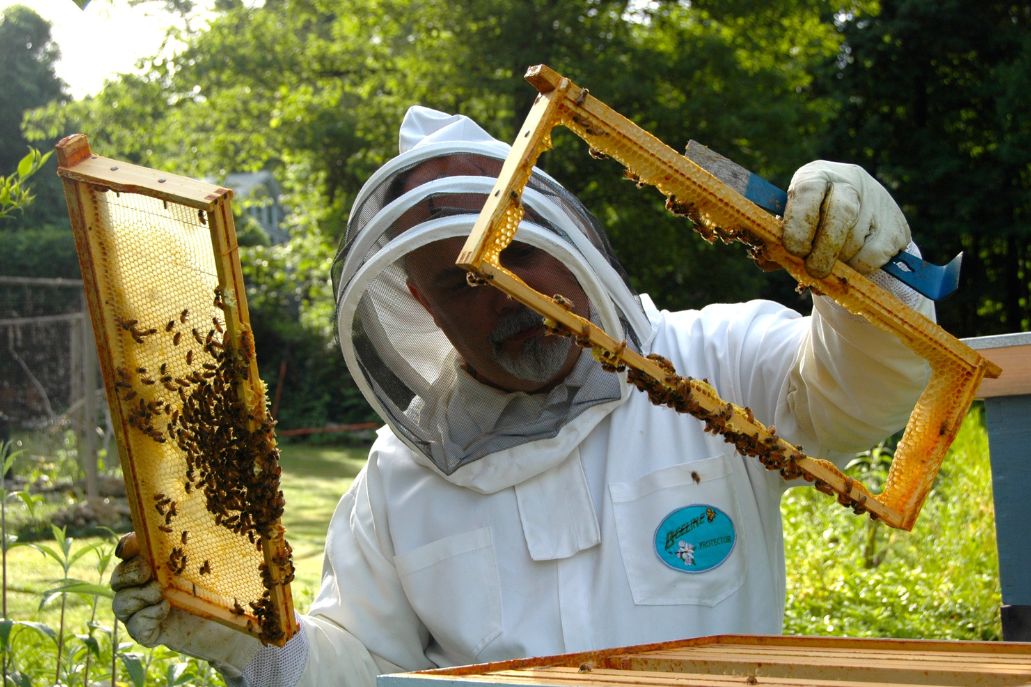Could you imagine a world without beings? It’s quickly becoming a possibility. Bees need a home, food, and water to survive. Without these three things, they’ll slowly start to disappear.
There are dozens of different types of bees that are active throughout the years, jumping from one plant to the next from spring to winter. All bees forage for different flowers that are rich in nectar and pollen. The one difference is that every bee specie has a different size tongue, meaning that you want to have different shaped flowers and shrubs in your garden.
This guide takes you through the most popular trees and shrubs that we need for honeybees to continue to strive. Before you decide which trees and shrubs to plant in your home, take the time to find out what bees are native to your area. Every bee has their preference, and some trees and scrubs are easier to plant than others.
What plants attract bees?
If you want to help save the bees, you need to plant trees and shrubs that will attract bees. Look out for plants that will produce pollen and nectar. While bees need pollen as part of their diet, nectar attracts bees, which in turn pollinate plants. Planting trees has never been more important than during this time of deforestation, when modern farming practices has seen trees and shrubs disappearing at record levels.
Creating a so-called pollinator garden can help you protect and rejuvenate the wildlife in your local area. Backyard gardens are making a difference for honeybees all over the world, helping them survive through each season.
You want to make sure to include shrubs when choosing the plants for your garden. Although honeybees going foraging for pollen and nectar, shrubs fill in the gaps. They also provide year-round habitation for insects and are a must-have for anyone hoping to start a pollinator garden to attract bumblebees.
When you’re starting to build your pollinator garden, visit local garden centres and plant fairs to talk with experts. They’ll be able to recommend the best trees and shrubs for attracting honeybees in your area, as well as giving you advice on how to care for them.
1. Pussy Willow
This plant is best to plant for springtime and are the go-to choice to feed queen bumblebees. Their purpose is to help the Queen establish their colonies during early spring before the busiest of the summertime. Pussy willow is a small tree characterized by its fuzzy catkins. This plant provides pollen and nectar for Clarke’s mining bees, as well as Chocolate mining bees.
2. Manuka Tree (New Zealand Tea Tree)
If you want a show-stopping tree for your garden, look no further than the Manuka tree. This evergreen tree features the shrub that bees need to make the famous manuka honey. The shrub is one that you want to have in your garden to help promote manuka honey. It’s a favorite for both bumble bees and honeybees, along with other solitary species. This scrub starts to flower in late spring but needs a sheltered place in your garden that also offers sunshine. The Manuka Tree is full of nectar and perfect for any bee in your garden.

3. Abelia – ‘bee bush’.
The Abelia shrub, also known as the ‘bee bush’, is a strongly scented white flower that is a favorite amongst bumblebees and honeybees. It’s rich in nectar and pollen, blooming from June to October. The ‘bee bush’ is attractive to wildlife and adds an attractive scent to your garden to bring in bees and other insects.
4. Lavender
Although its famous for its feminine scent, lavender is more than just a purple flower for perfumes. It’s a must-have plant for summertime and is popular with bumblebees, as well as flower, mason, and leafcutter bees. If you want to help save the bees, plant lavender in the sun and keep trimming it throughout the season to encourage new growth. The benefit of lavender is that it will thrive even in poor and dry soils.
5. Berberis Darwinnii (Darwin’s Barberry)
This evergreen shrub is a favorite for bees due to its signature orange flowers that are enjoyed by all forms of insects. The best time to plant this shrub is during spring when the Queen bee is in a feeding frenzy to build up their energy and stockpile food for their workers. If you’re planting this shrub, plan to do it at the start of the spring to provide bees with a source of pollen and nectar as Queens start to establish their colonies.
If you’re designing your pollinator’s garden and want to add an aspect of security, this shrub is ideal for creating a barrier to protect your garden from the outside. This shrub looks best in spring but will also flower later in the year, but without the same flourish.
6. Honeysuckle
An autumn tree to plant is the honeysuckle, known for being a vigorous climber. These tubular flowers have a rich and sweet-scented nectar that will attract bumblebees during the day and moths at night.
7. Ceanothus (California Lilac)
Another evergreen shrub for honeybees is the ceanothus. It attracts bumble bees and honeybees with its blue and pink flowers, giving bees the food they need to forage for nectar.
8. Hydrangea
Not all hydrangea plants are made equal. Some hydrangea plants offer little to no nectar and pollen for the bees in your garden and serve more of a decorative purpose. If you want to add these to a pollinator garden, do your research and choose the right kind of hydrangea. The ‘Hydrangea paniculata’ has soft white blooming flowers that make it the perfect flowering shrub for bees.
The spring is the perfect time to start planting trees or shrubs to attract honeybees. While the red mason bee is often associated with the apple tree, it’s a favorite with honeybees and bumblebees as well.
10. Mahonia
If you’re looking for a shrub to plant during winter, mahonia is the perfect choice. It’s a resilient and evergreen scrub that is synonymous with its illuminous yellow flowers that attract honeybees and bumblebees throughout the winter. This scrub flowers for several weeks throughout the late autumn and early winter. When you’re designing your pollination garden, you want to account for all the different seasons and make sure that you have something to offer the bees all-year round.

11. Hawthorn
A summer tree that you can consider planting is the hawthorn tree. As well as offering fruit for birds, the Hawthorn tree has spiky branches and produce a beautiful white ‘may blossom’ flower that attracts all species of bees.
12. Hypericum
If you’re looking for a shrub that provides plenty of pollen for your buzzing friends, hypericum is the perfect choice. This shrub loves bees – who love it back just as much. You can find a number of varieties of this scrub available with different flowers to choose from. Most hypericum shrubs have a yellow flower or even feature red berries. The flowers on the hypericum are large enough for a bee to use as a jumping board from flower to flower.
13. Ivy
A winter tree that you should plant is the ivy tree. It’s an evergreen tree that features bunches of green and yellow baubles. It’s significant for bees as it offers a late nectar source when bees are fattening up for their hibernation. Ivy trees are also the preferred pollen choice for the Ivy bee.
14. Clerodendrum bungei (Glory Flower)
Another striking shrub for your pollinator garden is the ‘glory flower’ with its bright purple flowers and large green leaves. It attracts the humble honeybee, along with being a favorite for butterflies. This shrub is relatively stress-free and easy to look after. It’ll provide your garden with flowers from the end of summer through to October to help attract bees before they go into hibernation.
15. Daphne bhoula (Daphne)
Do you want a plant that will attract all kinds of bees? The Daphne is a universally appreciated plant with a strong fragrance that instantly attracts bees from the nearby area. You want to consider how strong the scent is before adding it to your garden. The beauty of the Daphne plant is that you’ll still get to enjoy pink flowers through the winter, including January and February. The honeybee will be the first to appear with this plant, quickly followed by butterflies and other bees.
With these 15 trees and shrubs, you can do your part in helping to save the bees. Start by choosing an evergreen plant and work your way up to adding seasonal offerings, like a Mahonia shrub, to give the bees exactly what they need all-year round.
Are you creating a pollinator garden to help save the bees? Do you have any of these trees and shrubs in your garden?
Honey Facts
Honey Bees have extreme sense of smell which allows them to find their hive and they dance when they return to the hive to tell the other bees where the flowers are. Also, 99% of the bee colony is composed of female bees known as WORKER bees. Worker honey bees transform the floral nectar that gather into honey by adding enzymes to the nectar and reducing the moisture.
SAMMY'S SOUTHERN HONEY


Thank You!
Each jar of honey purchased helps to keep our hardworking family business in operation, and allows Sammy to continue sustainable and ethical bee farming here in the heart of Louisiana. Add some Sammy’s Southern Honey sweetness to your life today!








